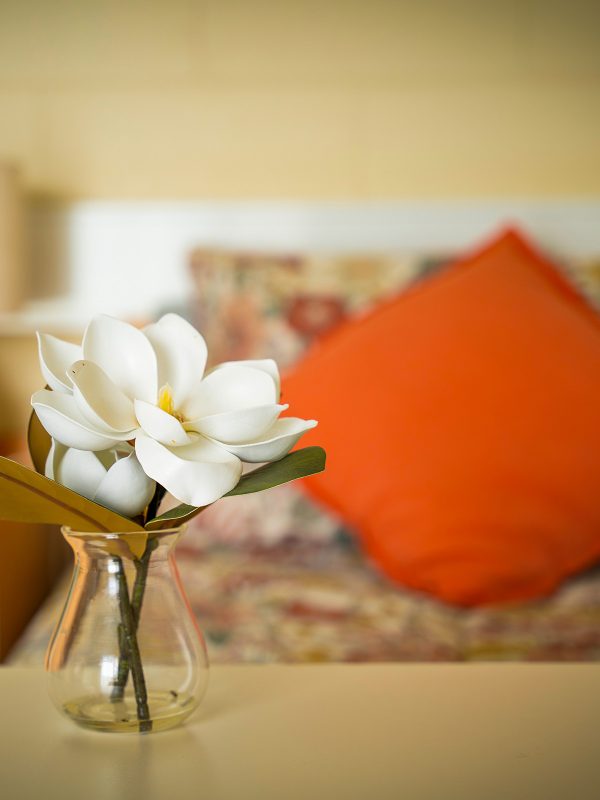Childhood and school
I was born in Kerang in 1931 to Joe and Stella Ibbs. My mother was a Harridge. We had a farm out off the Murrabit Road down McKnight’s Lane. I had a great childhood. I was never bored. My parents were hard workers so we learned to work from an early age – washing the dishes or cleaning the fireplace before school, and after school fetching and milking the house cow, separating the milk and feeding numerous animals – lambs, calves, dogs and chooks, as well as bringing barrows of wood and chopping kindling.
I went to Kerang state and high schools. I was an average student but I loved sport, especially hockey – I played on the inter-school team. I also loved tennis and swimming.We did a lot of swimming. We used to swim in the old Kerang swimming pool, which was a fenced off area of the Loddon River just north of the double bridges. The high school always had their swimming sports there, with competition between the school houses – Loddon, Murray, Pyramid and Wandella, which I was in. I also loved helping on the farm at weekends, driving draft horses and cutting thistles.
Rabbits were in plague proportions so my brother Ern and I used to go out in the gig with the ferrets of a Saturday afternoon. The money from the skins was added to our pocket money. I got 3 pence a week, which I had to put in a savings bank money box. We also scrounged soft drink bottles from the tip over the railway line and got two pence for each at Dishin’s shop in McKenzie St.
Highlights growing up were the Kerang show every year, Sunday school anniversaries and the annual combined churches picnic. One year a train was hired to take us to Kangaroo Lake for the picnic, which was a great novelty. Other times it was held at Lake Meran. I used to get a new dress every year for the show and the picnic.
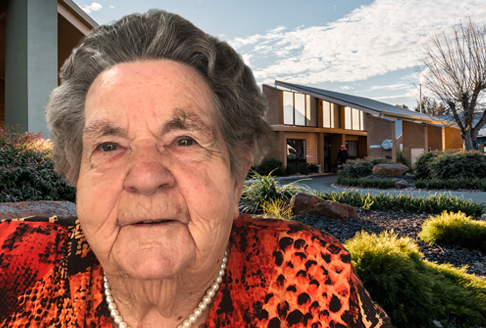
War years
During the war years, English sailors came to Kerang for R and R and we had quite a number stay with us. Mum was a great hostess and as we had a large lounge, would put on a party for them with the young people from our church. Those were great times.
My father had an old car but because there was petrol rationing he used to commute each day to the farm in the horse and gig. Once a year we’d go on holidays in the car, pulling a trailer, down to the Warrnambool district, where my father came from. Driving through around Clunes it was virtually an unmade road and after the rains of the summer there’d always be ruts. It’d be boomp, boomp, boomp all the way down. It was always in the heat of the summer after the harvest. That was our holidays.
Fishing
My brother had an old chevy ute and we all used to pile in and go down Watson’s Bend out on the Murray. We could catch a lot of Murray cod back in those days. It was great fishing. The river was clear then, it was amazing how clear it was. Even the Loddon was clear and we used to catch a lot of red fin in the Loddon. They were beautiful to eat.
Picture Theatres
We lived next door to the picture theatre projectionist and were good friends with his daughter, Eileen, so we used to get into the pictures for free on Saturday afternoons. The theatre was in Fitzroy Street, where the arcade is now. It had an upstairs, too. My first date was upstairs, which was really something – to get up on the balcony to watch the pictures. Those days there were two main pictures – the news reel and the cartoons.
Leaving School
I left school after form four, worked for three months in Vardy’s fruit shop in Wellington St, which later burnt down, then in the office at Hawthorne Bros Department Store for four years. After that, I went to Melbourne to work as the secretary to the staff clerk for the Victorian Government Tourist Bureau, but after two years I was homesick so I came back to Kerang and worked in the office of Adam’s Funeral Homes until after I got married.
“I have been very well looked after here for four and a half years now.”
Marriage
I married Bill Spink, who was a telephone technician with the PMG, the Post-Master General’s Department, in 1953. We had seven children, who all went through Kerang High school and have all done exceedingly well in life. My mother-in-law lived with us for 18 years as well.
Bill died of prostate cancer in 1992. After that, I joined the senior citizens club and had roles as secretary and treasurer. I was also secretary of the Northern Ladies Auxiliary for 10 years.
After I’d spent 10 years on my own, Stan Baker came into my life. He was from Melbourne but had lived in Kerang from the age of five to 15 and occasionally returned here.
We were very compatible, and a friendship began between us. In 2002 we married.
We both loved bus travel, and took every chance we could to do that, so we saw a great deal of Australia and New Zealand. We also loved playing cards and ten-pin bowling. Stan played bowls until he was 92. He was the oldest bowler in the club.
Church and other interests
I’ve been at the Kerang Baptist Church all my life, as was my mother. It has had a tremendous influence on my life of service to the community.
I was asked to join the Northaven board of management in the very early days when it was the old hospital and was funded entirely by the Northern District Baptist Association churches. I was on the board for 25 years and was involved with creating the new Northhaven.
I helped my sister do the gardening here, taking my twins along to amuse the elderly residents, and I remember dyeing 30 chenille bedspreads to brighten their rooms. Not to mention bottling hundreds of jars of apricots from the tree in the grounds.
Another interest I had along the way was the garden club. I was treasurer of the club for three years and did many bus trips with them. I also exhibited flowers and vegetables at the Kerang show for many years, like my mother did with her flowers and cooking.
Later life
Stan died in November 2014 at the age of 94, and after that my health deteriorated and it was necessary to enter Northhaven.
It has been my privilege to be able to play the piano every Tuesday morning for devotions and help whenever I can. I do a lot of knitting.
I have 22 grandchildren, of whom I am very proud and I have just had a fifth great grandchild arrive.
I’ve got a lot of good memories. It’s been hard work but that never killed anybody. I think young people today need to learn to work harder and learn how to take the knocks as well as the good times.
Community news
-
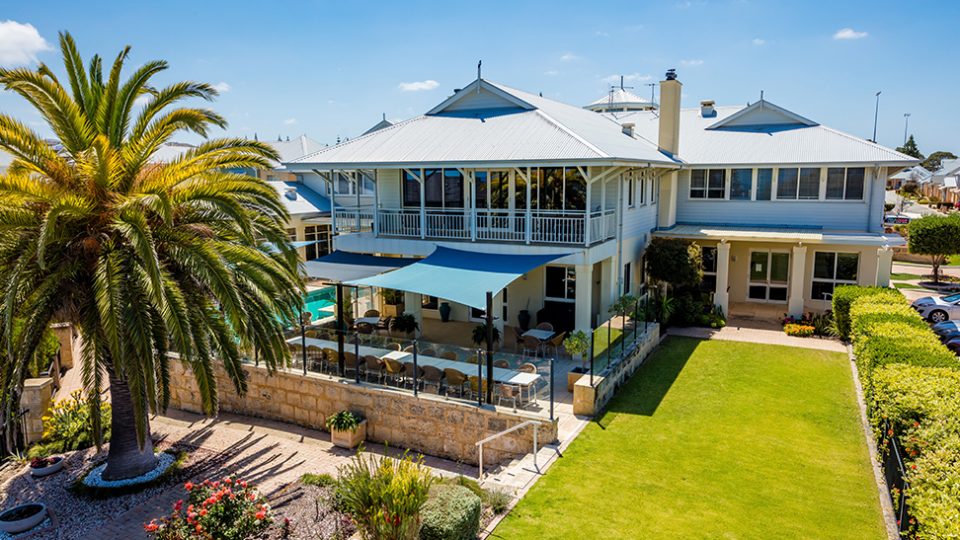
BaptistCare to acquire Keyton’s Western Australian retirement village portfolio
BaptistCare is pleased to announce that we have entered into an agreement to acquire Keyton’s portfolio of retirement villages in WA.
- 13 Nov 2025
-
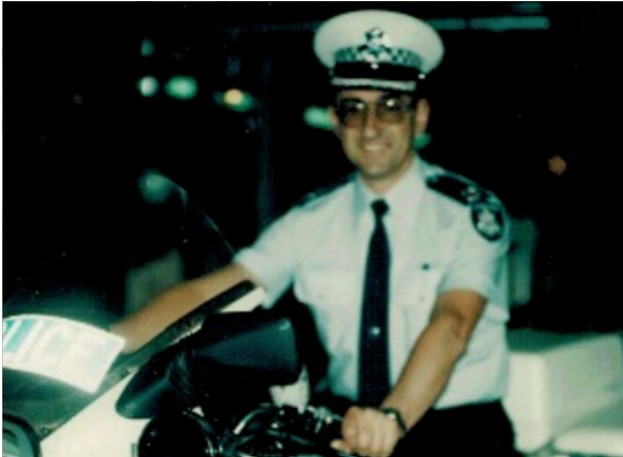
Spotlight on Residents: Reg Baker
At Baptcare, we are always delighted to learn more about our residents’ lives. They are often filled with excitement, joy, and adventure, and it truly reminds us how rich a person’s life is—and continues to be—when they join one of our residential aged care communities. Today, we are honoured to share the remarkable story of one of our residents, Reg Baker, who lives at Baptcare Peninsula View Residential Aged Care community.
- 10 Nov 2025
-
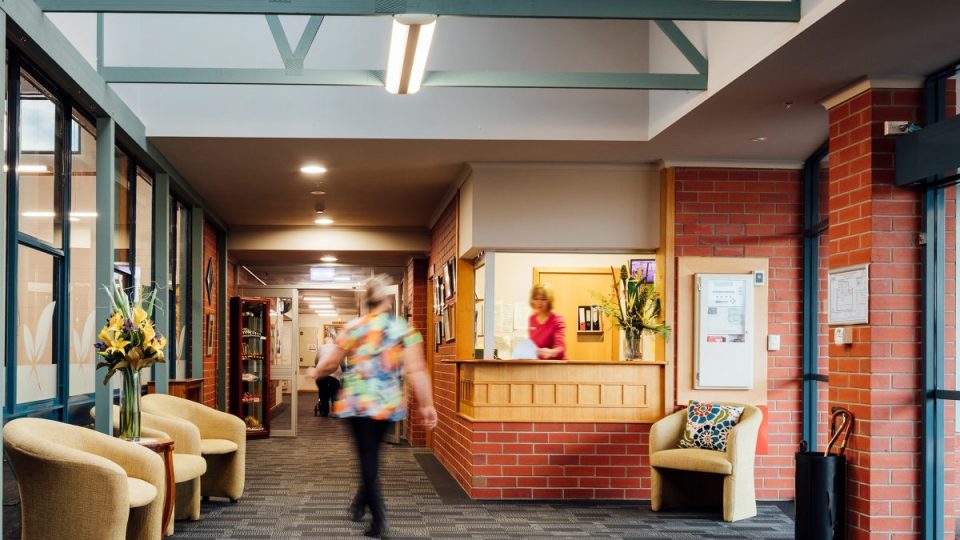
Staff spotlight | Leonie Irvine – 35 years of service in aged care
Leonie is one of our dedicated Lifestyle Assistants at Karingal Residential Aged Care community in Devonport, Tasmania. She recently celebrated an incredible milestone - 35 years of continuous service at Baptcare. In a sector where long-term service is increasingly rare, Leonie’s 35-year journey stands out as something truly special.
- 10 Nov 2025
